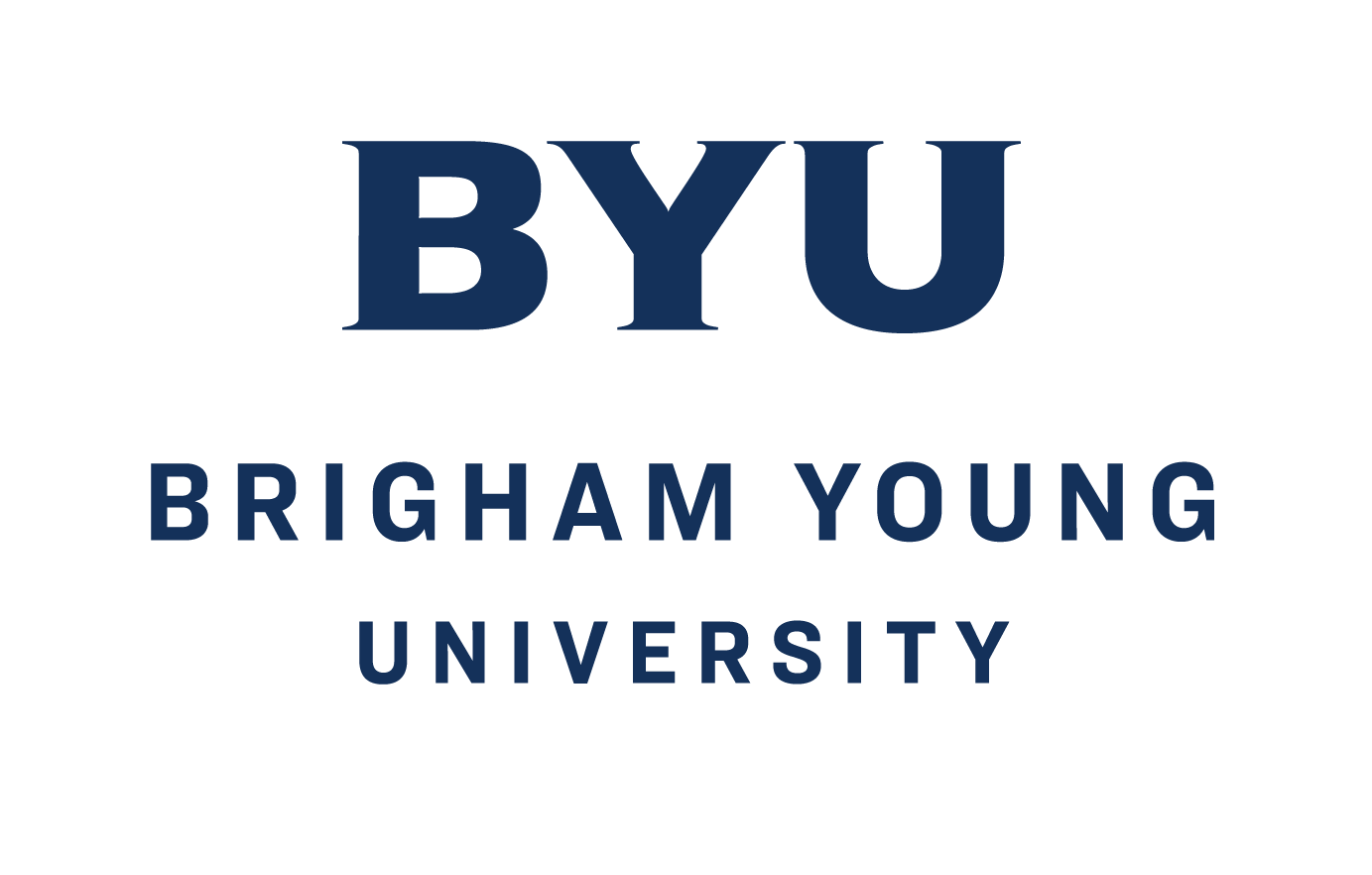
Inside the Reynolds Auditorium’s projectionist booth at the BYU Harold B. Lee Library, Ben Harry is preparing to present a film from the BYU Motion Picture Archives.
It is a delicate job to get the film ready. He has to splice two film reels to create one big reel and then mount it unto the projector. Once the presentation is over, he has to cut the film again and pack the reels into a box.
The audience is in for a treat. The film being presented this particular day is the Christmas classic "Miracle on 34th Street."

Harry is the audiovisual materials and media arts history archivist at the library. He oversees the archives, part of BYU Special Collections.
The archives are primarily paper based, but films are also stored there.
Harry became interested in classic film preservation while completing his master’s degree at the University of Minnesota.
“For a long time I wanted to make movies, and I played with that and dabbled with that, but I always enjoyed enjoying the cinema myself and sharing with others the treasures I've found,” Harry said.
Because each film is made differently, preserving films is not an easy job.
Research
Many films made after 1951 are made from cellulose acetate which, while not as dangerous as nitrate, can still deteriorate and smell foul, a phenomenon known as “vinegar syndrome.”

50% of films made before 1951 and roughly 75 to 80% of all silent films are lost forever, according to The Film Foundation.
One of the larger collections in the archives consists of films from the BYU Motion Picture Studio, dating from 1953 to 1990.
Harry took an interest in restoring films from this collection after the films were almost thrown out from Special Collections in 2018. At the time, they were thought to have no value, Harry said.
“I said, 'Before you take them to the dump, can I look through them?'” Harry said. He found the original camera materials for these films in high-definition.
For a Fall 2024 internship, he and BYU student Adam Bonny are restoring two films from the BYU Motion Picture Studio, "How Near to the Angels" and "Let the Eagles Fly."
"How Near to the Angels," the first narrative fiction the BYU Motion Picture Studio made, is about a young woman trying to figure out who to marry and whether she should consider a temple marriage.
"Let the Eagles Fly," released in 1980, tells a story of Native Americans and the balance between knowing heritage and keeping it versus being part of the modern world.
Bonny, a BYU film major student, has been primarily restoring these two films using two tools. The first is a scanning software at the library that can scan original pieces of film close to 4K resolution for 16mm film. The scanner then creates a video file, which is put into DaVinci Resolve editing software for cleanup.
Each restoration presents its challenges.
“'How Near to the Angels' was shot on something called positive reversal stock, and so it has kind of a baked in look in the film,” Bonny said. “You can't do as much inside of the digital tools other than tweak the exposure a little bit, make sure that it has the right contrast and then make sure that the colors are not way off.”

"Let the Eagles Fly" was more difficult to restore because the film was tinted differently on every shot.
“One shot was super teal, and then the next shot is super red or pink, and then you have to compensate for that before you can do the regular process of restoration of regrading and recoloring everything,” Bonny said.
Despite the challenges, Bonny said "How Near to the Angels" is basically complete and "Let the Eagles Fly" will be done by the end of fall semester.
Harry's efforts have been praised by his colleagues.
“He's an excellent curator and archivist,” Jeffrey Paul Thomson, former archivist for 20th Century Fox and current librarian at the Church History Museum, said. “BYU is very lucky to have him.”
Roger Layton, the communications and PR manager at the library, has expressed excitement about Harry’s work with the BYU Motion Picture Archives film.
“You can see some of them on YouTube, but they're faded and the sound's not good. And he's bringing them back, making them all fresh again,” Layton said.
The BYU Motion Picture Studio films that Harry and his students restore are currently only available to watch by request at BYU’s Special Collections. He is working on making the film restorations available outside of the library.

“BYU does own the intellectual property, and so I'm working with the university to see how they would feel appropriate in sharing,” Harry said.
As Utah’s 100th anniversary of filmmaking
Bonny agrees the archives are doing a service by restoring older Utah films.
“It's the kind of films that are unique to Utah and that are particularly interesting to people who live in Utah, and especially to members of the church,” Bonny said.




